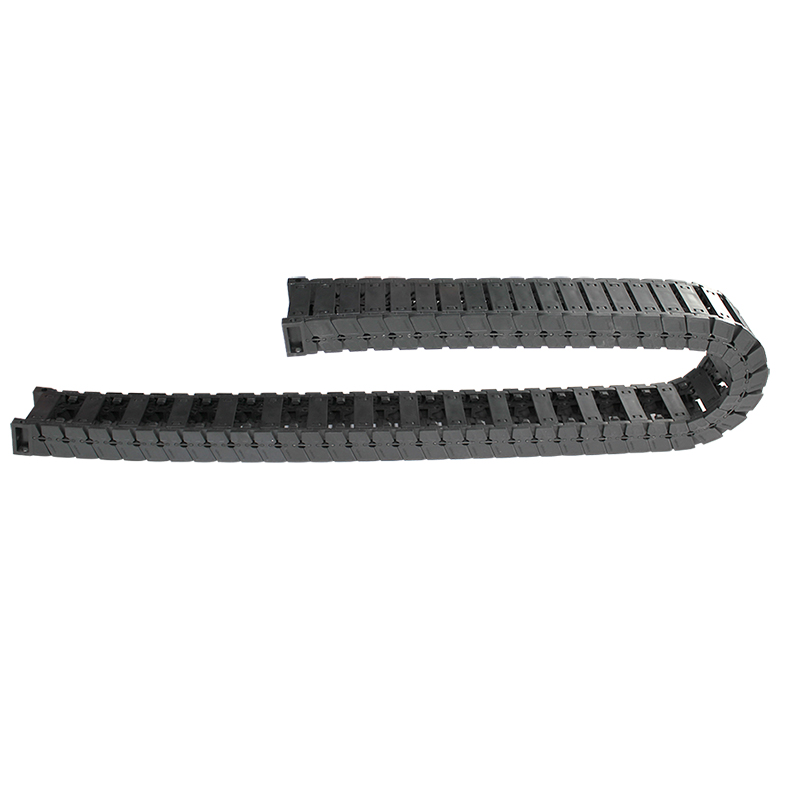cnc cable carrier
Understanding CNC Cable Carriers An Essential Component in Modern Machinery
In the world of modern manufacturing, precision and efficiency are paramount. One critical component that facilitates these goals is the CNC cable carrier, also known as a drag chain or energy chain. These systems play a pivotal role in the operation of various machines, particularly CNC (Computer Numerical Control) machines, which are fundamental to automated manufacturing processes.
What is a CNC Cable Carrier?
A CNC cable carrier is a moving structure designed to safeguard and manage cables and hoses in dynamic applications. These carriers provide a protective pathway for electrical wiring, pneumatic lines, and hydraulic hoses, ensuring they are not exposed to wear, tear, or damage during machine operation. The primary purpose of a cable carrier is to organize cables and maintain their integrity, thereby preventing interruptions and extending their lifespan.
The Importance of Cable Management
As CNC machines operate, they undergo significant motion, including rotation and linear movement. This continuous motion subjects cables to stress, resulting in kinks, fraying, and eventual failure. To mitigate these risks, cable carriers guide and support the cables, allowing them to move freely while keeping them safe from pinch points and abrasion. By ensuring optimal cable management, manufacturers can minimize downtime, reduce repair costs, and improve overall productivity.
Types of CNC Cable Carriers
There are various types of CNC cable carriers designed to accommodate different applications and environments. The most common types include
1. Open Design Cable Carriers These carriers have an open structure that allows for easy access to cables and hoses. Their design facilitates quick maintenance and inspection, making them ideal for applications with frequent cable adjustments.
2. Enclosed Cable Carriers These cable carriers feature a more protective design, encasing cables within a closed structure. This type is particularly beneficial in environments where contamination from dust, debris, or liquids is a concern.
cnc cable carrier

3. Heavy-Duty Cable Carriers Specifically engineered for rugged applications, heavy-duty carriers support larger cables and withstand extreme conditions such as elevated temperatures, aggressive chemicals, or high mechanical loads.
4. Flexible Cable Carriers Designed for applications with complex movement patterns, these carriers provide enhanced flexibility, allowing for multi-dimensional motion without compromising cable safety.
Advantages of Using CNC Cable Carriers
Incorporating CNC cable carriers into manufacturing processes offers several significant benefits
- Enhanced Durability By protecting cables from abrasion and mechanical stress, these carriers enhance the longevity of electrical and pneumatic systems.
- Improved Safety Proper cable management reduces the risk of tripping hazards and electrical shorts caused by loose or exposed cables.
- Increased Efficiency With organized cables, maintenance becomes easier, leading to shorter downtime during repairs and quicker response to operational issues.
- Better Aesthetics Organized cables not only improve performance but also create a cleaner and more professional appearance within the workspace.
Conclusion
CNC cable carriers are an indispensable element of modern manufacturing and automation. By providing reliable and effective cable management solutions, they ensure the smooth operation of CNC machines and other automated systems. As industries continue to evolve, the innovation in cable carrier technology is likely to adapt alongside, offering even greater efficiency and reliability in the years to come. For manufacturers looking to optimize their processes, investing in high-quality CNC cable carriers is a decision that promises dividends in performance and longevity.








